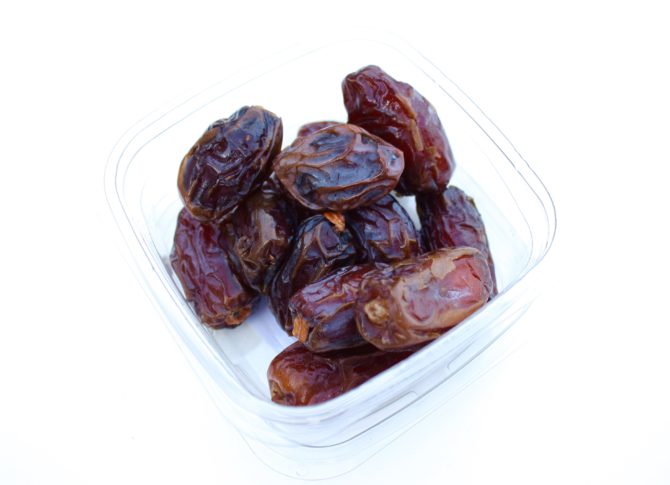I’m all about functional foods, it’s a practice championed by the holistic wellness field I can attest to its effectiveness. Asking what a food can do for you is an excellent way to begin making healthier choices.
So, let’s talk about the glycemic index (GI). In short, the GI is a scale from 0-100 that measures how quickly the body digests certain types of carbohydrates. Carbs are sugar, sugar is energy, carbs break down into the simple-sugar called glucose.
In simplest terms, the hormone insulin lets glucose travel from the blood to your cells for energy. Glucose that’s found in your bloodstream is more commonly referred to as blood sugar.

Photo by Kristine Mahan
Medjool dates, while they’re roughly 80% sugar, register low on the GI because of their high fiber content. In brief, fiber is an indigestible plant material that makes things move along in your gut. The fiber in Medjool dates slow the rate at which the carbs can be digested, so you avoid spikes in blood sugar levels and energy remains more constant.

Photo by Kristine Mahan
Medjool dates an are an optimal choice of carbohydrate not only because they’re low on the GI but the fiber that makes them that way keeps the gut happy. They’re also a significant source of micronutrients like potassium and copper that can be absorbed by the body for put to use for optimal health in the long run.
I had no idea what the glycemic index was before I was diagnosed with hypoglycemia. Understanding the GI is an important tool to maintaining energy throughout the day without passing out if you naturally produce too much insulin and metabolize carbohydrates quickly.


